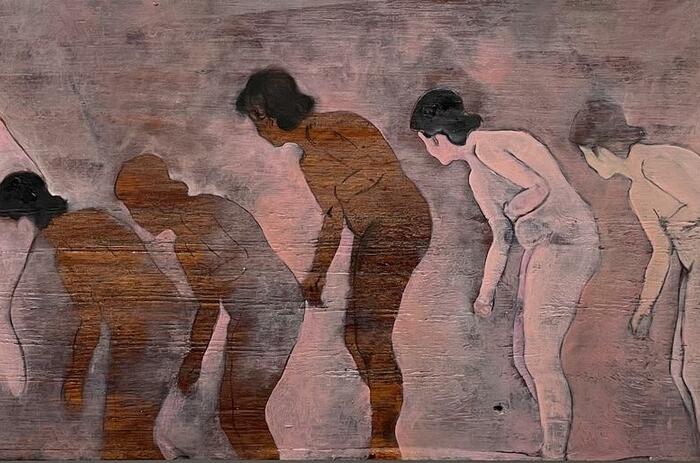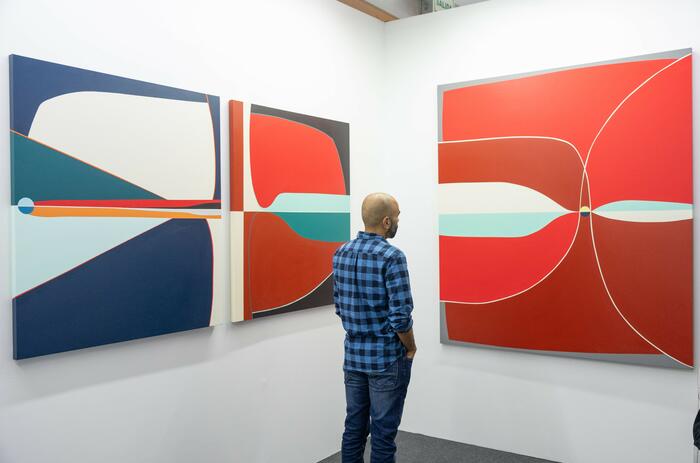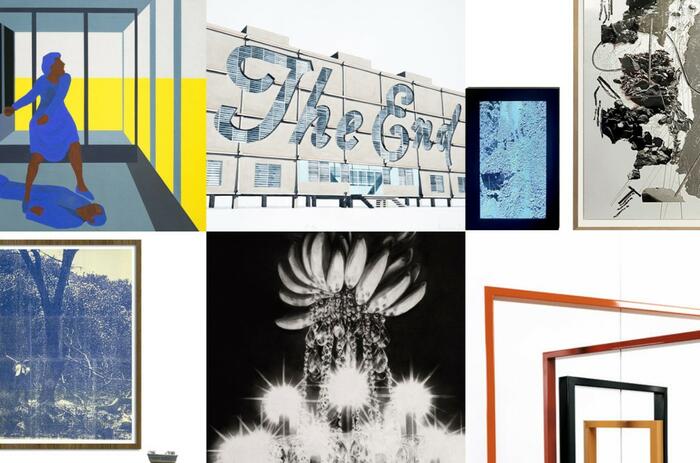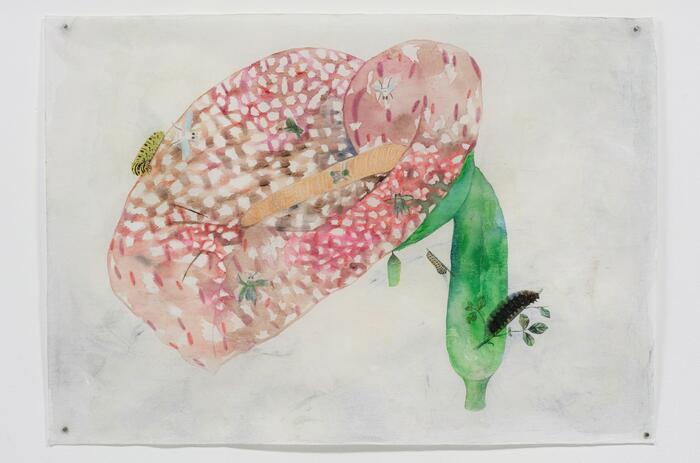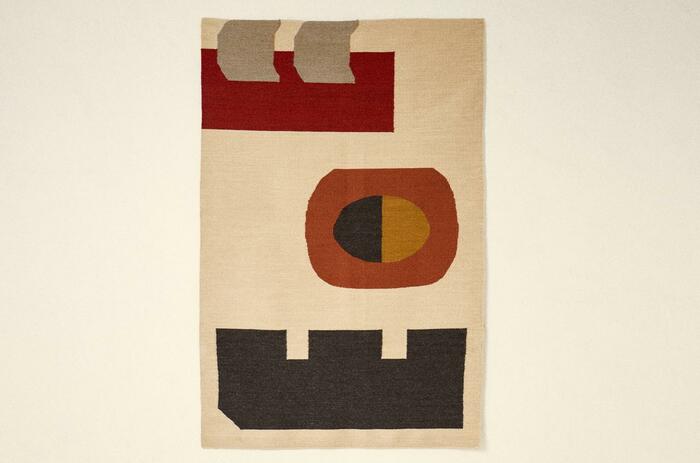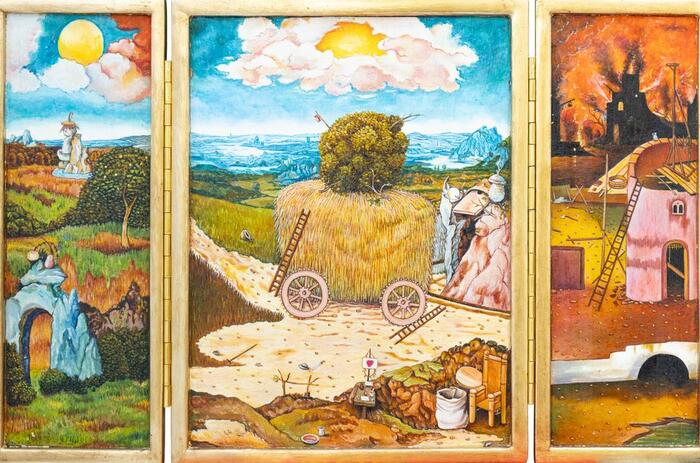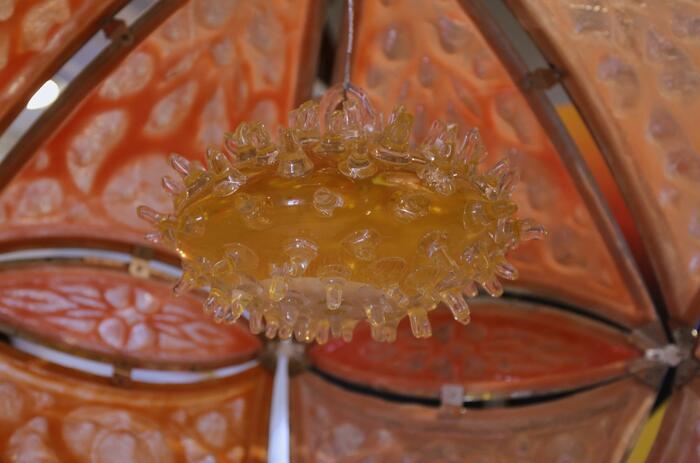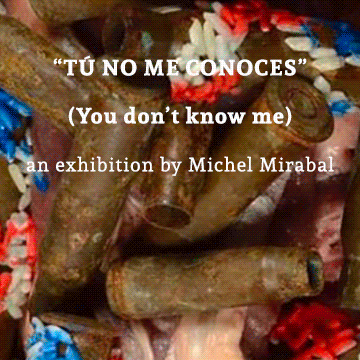FOUR ARTWORKS THAT TRACE TERESA BURGA'S REVOLUTIONARY JOURNEY
The enduring legacy of Teresa Burga (Iquitos, 1935 – Lima, 2021) is celebrated at the Latin American art fair Pinta Lima, where she was selected as the tribute artist for the Special Project, curated by Miguel A. López. The exhibition brings together, for the first time, various moments of her production between 1966 and 2020, showcasing the intelligence, boldness, and versatility of an artist who was not always recognized or understood in her time.

Teresa Burga, a conceptual and multimedia artist, maintained a rebellious and innovative stance since the 1960s, one that led her to challenge traditional frameworks and experiment across multiple media and disciplines. Her practice encompassed drawings, prints, paintings, sculptures, ephemeral installations, diagrams, pieces incorporating sound, video, medical and scientific documentation, as well as numerous works that defy categorization.
Objetos (Objects), 1967
Working within the aesthetics of Pop art, the Peruvian artist developed, in the sixties, a body of work that reflected on women’s roles in society. Objetos, an installation she presented in 1967 at Galería Cultura y Libertad, is a clear example. Burga constructed a domestic interior within the gallery using wood, papier-mâché, and cardboard. One of the works featured a naked woman attached to a bed, rendered in a distinctly Pop style, confronting sexist stereotypes in representations of the female body. The piece also signals Burga’s pioneering role in Peru in moving away from the traditional art object, incorporating new creative strategies to develop conceptual art.
-
Teresa Burga, 1967
Autorretrato (Self-Portrait), 1972
Burga’s work gradually shifted focus, reflecting a growing interest in how information systems shape human behavior and subjectivity. Her piece Autorretrato (1972) was not only innovative in its questioning of personal identity and the impact of bureaucratic structures upon it, but also continued her disruptive line of inquiry into what could be considered art.
-
Teresa Burga. Autorretrato, 1972
Perfil (Profile), 1980
Between 1980 and 1981, alongside Marie-France Cathelat and a multidisciplinary team, she developed Profile of the Peruvian Woman, a landmark project at the intersection of art and social research. The work examined the role of middle-class women in urban settings during Peru’s return to democracy, with a political approach aimed at influencing public discourse and making visible a range of underrepresented demands, such as abortion rights. Although she did not define herself as a feminist, the project anticipated critical and creative research methodologies. After this experience, Burga withdrew from institutional art spaces.
-
Teresa Burga. Perfíl, 1980
Mano mal dibujada (Poorly Drawn Hand), 2012
Nearly thirty years later, the artist returned to the art scene and reconnected with drawing as a means of expression. Mano mal dibujada, a 2012 piece, anticipated a series of metal sculptures depicting the artist’s hand in various positions. It reflects her characteristic Pop sensibility, offering a critical perspective that links femininity and childlikeness, in contrast to the traditionally masculine associations of authorship in art.
-
Teresa Burga. Mano mal dibujada 2012
Miguel A. López (Lima, 1983), curator of the tribute to Burga, is a writer and currently chief curator at the Museo Universitario del Chopo in Mexico City. He was co-curator of the 2024 Toronto Biennial. Between 2015 and 2020, he was chief curator and later co-director of TEOR/éTica in Costa Rica. In 2019, he curated the retrospective Cecilia Vicuña. Seehearing the Enlightened Failure at Witte de With (now Kunstinstituut Melly), Rotterdam, which traveled to Mexico City, Madrid, and Bogotá. Between 2023 and 2024, a second retrospective, Cecilia Vicuña. Soñar el agua, curated by López, was presented at the Museo de Bellas Artes in Chile, the Malba in Argentina, and the Pinacoteca de São Paulo in Brazil.
*Cover image: Teresa Burga, Untitled, 1967. Courtesy of Galerie Barbara Thumm.

